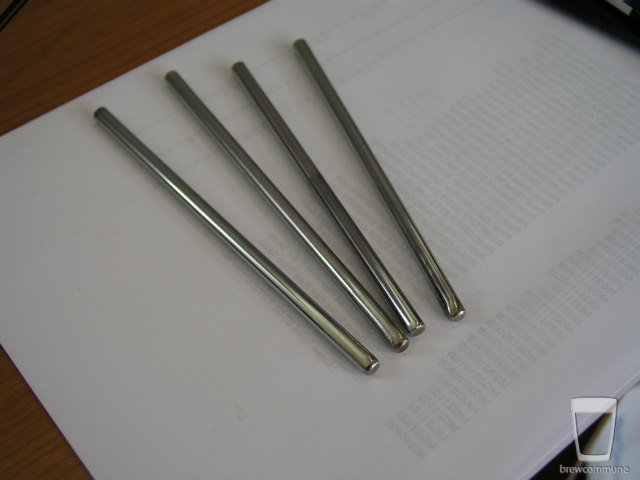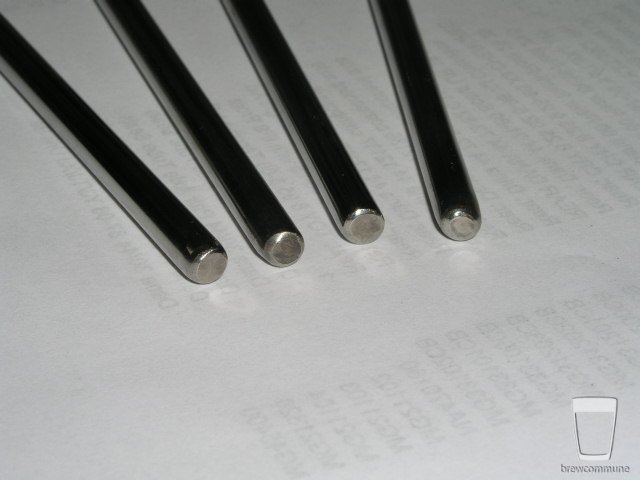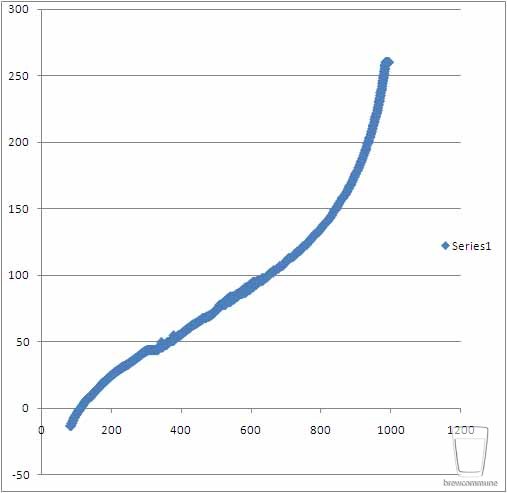BrewBeemer
Well-Known Member
Inspired by Bull's beautiful work on these I decided to make my next probes from SS but not wanting epoxy or silicone for fear of it eventually leaking I decided to TIG weld the end shut. I just recently got this welder and my finest welds are embarrassing at best but I figured I'd give it a shot anyway. I got some 1/4" OD X .028 wall SS tubing and 3/16" SS rod that fit the ID fairly tight.
Welding .028 wall material to 3/16" rod proved to be quite a challenge, for me at least. After burning an inch or so of tubing away, I finally figured out that the best way to do it was form the puddle on the rod and then use the torch to quickly push it to the tubing until they fuse. Anyway, here's the result:


Derrin; you made me proud of your efforts and look at the results, congrats.
That is exactly what i'm talking about vs epoxy, make the ends look like a one piece item with the tubing. The best part you can make your probes to any length like I posted above in a real long probe 18" to 20" long for the fermenter mounted in the lid. Not a store bought item a custom made for your needs item. I must ask what welder do you have? Auto dark hoods sure saves on arc tracks on a finished part besides sticking the tungsten causing contaminating the tip then the regrind the tip PITA process. You are going for the stainless 1/4" to 1/2" NPT adapters?
One more item I always tell others that weld a lot or only a couple times a year time passes fast and a lease bottle will get you in the end. Best to buy the largest owner own bottle like the 250 / 280 cu/ft. It will hurt you on the initial purchase but save you money over time without paying the lease and about the same cost to refill, not much more than a smaller bottle. They get you on the basic exchange fee with many returns vs less with a larger bottle. Also less trips to get a bigger bottle refilled. Many PITA's you can avoid with long term thinking. Go practice and enjoy Tig. There are some days that is better to just walk away from Tig instead of fighting a welding problem. Been there done that. PS; check into the www.millerwelds.com forum. There is a Q & A section, projects with people from basic newbie's to NASA grade welders, ranch repair to home project hobby welders.
A great forum for answers on any welding problems you might encounter.



